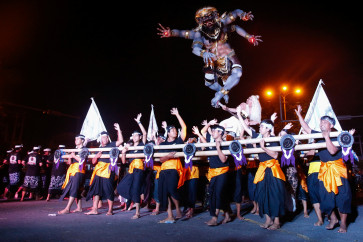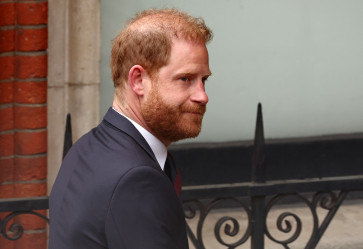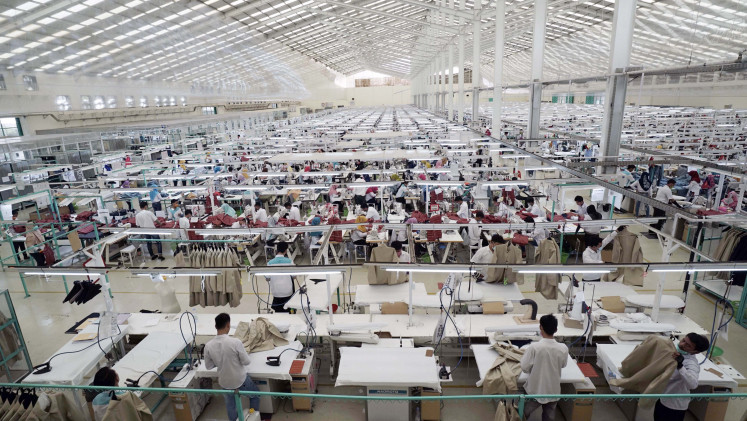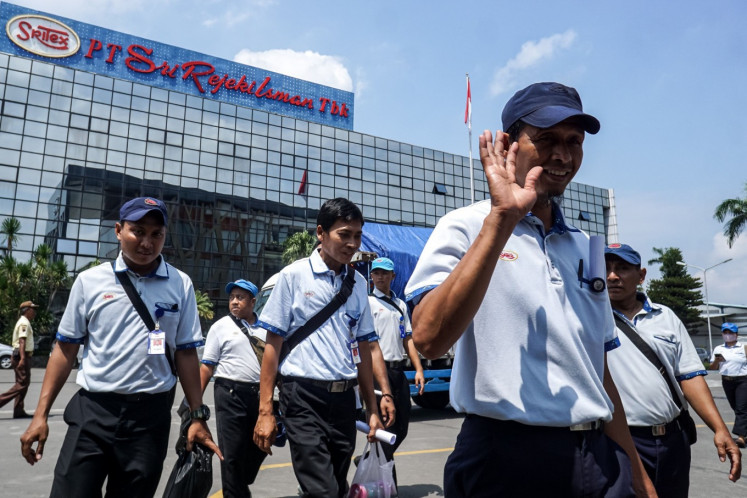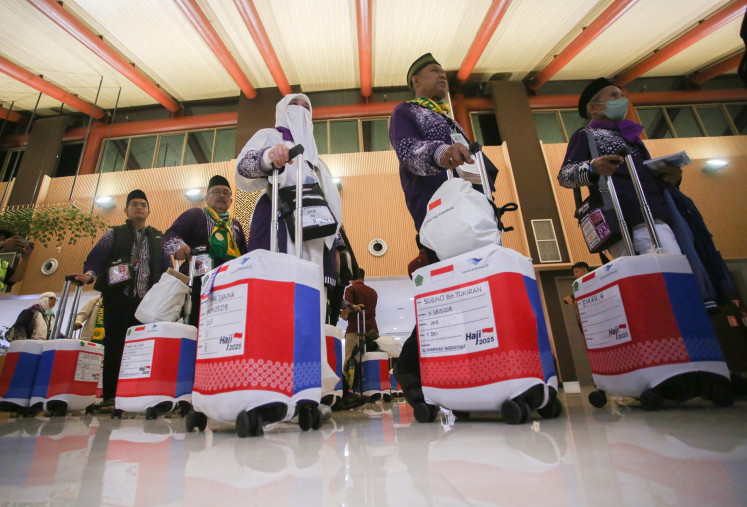Lion buys 234 Airbus A320 worth $24 billion
European aircraft manufacturer giant, Airbus, finally landed a massive deal from Indonesian budget carrier Lion Air for 234 of the popular narrow-bodied Airbus A320, a contract potentially worth US$24 billion
Change text size
Gift Premium Articles
to Anyone

E
uropean aircraft manufacturer giant, Airbus, finally landed a massive deal from Indonesian budget carrier Lion Air for 234 of the popular narrow-bodied Airbus A320, a contract potentially worth US$24 billion.
Lion president director Rusdi Kirana signed the deal with Airbus president and CEO Fabrice Bregier during a ceremony witnessed by French President Francois Hollande at the Presidential Palace.
President Hollande’s office called the deal with Lion Air “the biggest for Airbus in terms of the number of aircraft and the overall sum”.
Rusdi explained that the order consisted of 109 Airbus A320 NEO, 65 Airbus A321 NEO and 60 Airbus A320 CEO.
NEO, which stands for new engine option, offers a better range and improved fuel economy when compared to the CEO or current engine option.
“These aircraft will be used for two new Asia Pacific region airlines we plan to have by 2014,” Rusdi told Indonesian reporters over breakfast in Paris, France.
“The first six airplanes will be delivered in 2014.”
He also said that Lion included the A321 model in the order but had yet to decide how many it would purchase or what engine configuration it desired.
“We have one year before delivery to tell Airbus what configuration we want,” he said.
It was previously reported — by French newspaper Les Echos early on Monday — that Airbus and Lion would announce an order of 200 narrow-body A320 later that day.
The huge order marks a major shift in Lion’s procurement strategy, which until recently only used narrow- and wide-body Boeing aircraft. The low-cost carrier’s inventory includes Boeing 737 classic series, 737-800 and 737-900ER narrow-body aircraft as well as two Boeing 747-400 wide-body aircraft that ply routes to Saudi Arabia. Lion also ordered Boeing 787 Dreamliner.
On Feb. 14, 2012, Lion Air signed a contract to buy 29 Boeing 737-ERs and 201 Boeing 737-9 MAX; Boeing’s answer to the Airbus A320 NEO.
The contract was signed at the Singapore Airshow, as a follow up to a memorandum of understanding (MoU) signed in Bali on Nov. 18, 2011. The MoU was signed in the presence of US President Barack Obama who was in the region for the ASEAN Summit, where Lion Air ordered 230 airplanes at a list price of $21.7 billion.
Lion’s director of general affairs, Edward Sirait, declined to disclose any details until the announcement was made. He did state that there had been no change to Lion’s procurement strategy.
“While it is a must for a budget aircraft to operate as efficiently as possible, it does not limit the operated aircraft to a single type,” he said over breakfast.
“There is a misconception because what we are looking for is efficiency.”
Even with a single-type aircraft, an airline could not operate efficiently if it only operates a limited number of aircraft.
“I believe the limit is 50 units of the same type of aircraft. Beyond that, you have the liberty to operate other aircraft types that must also meet the efficiency level,” Edward said.
“That is why the Transportation Ministry set the minimum amount of aircraft an airline should operate to 10. The number has actually been increased from seven to increase reliability and safety.”
Other than Lion Air, the Lion Group also flies ATR-72-500/600 twin turboprop aircraft for its Wings Air feeder airline.
The company is set to launch its own full-service airline Batik Air later this month and is preparing its Malaysia-based joint venture Malindo Air.

